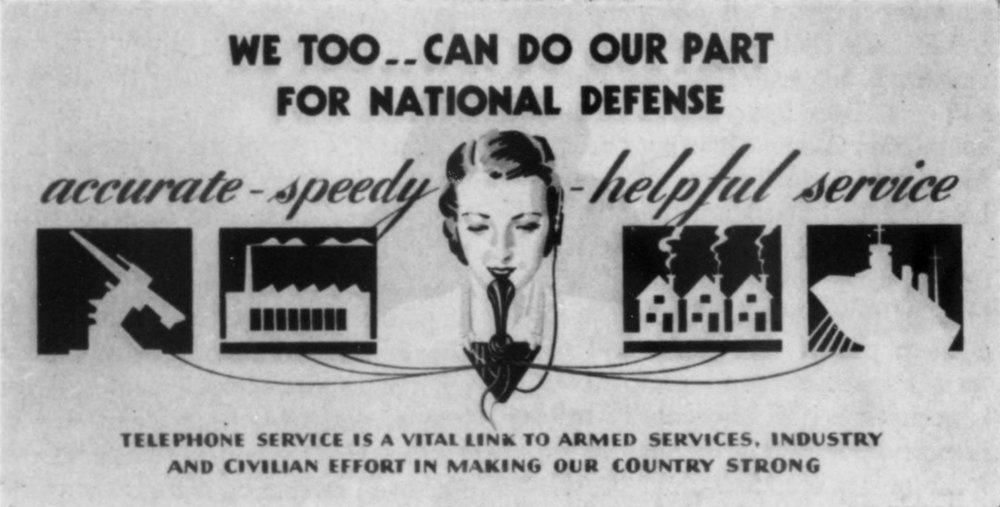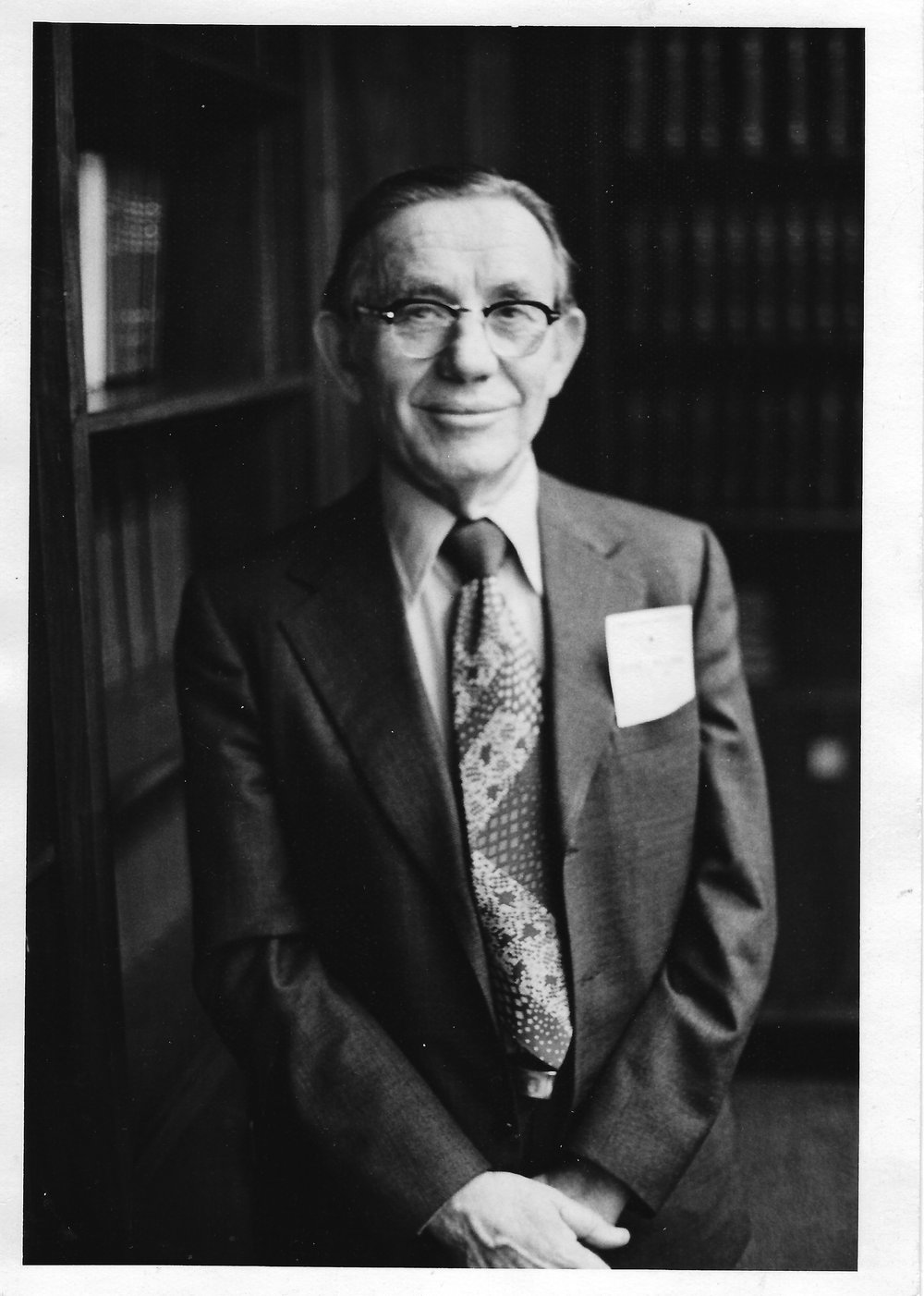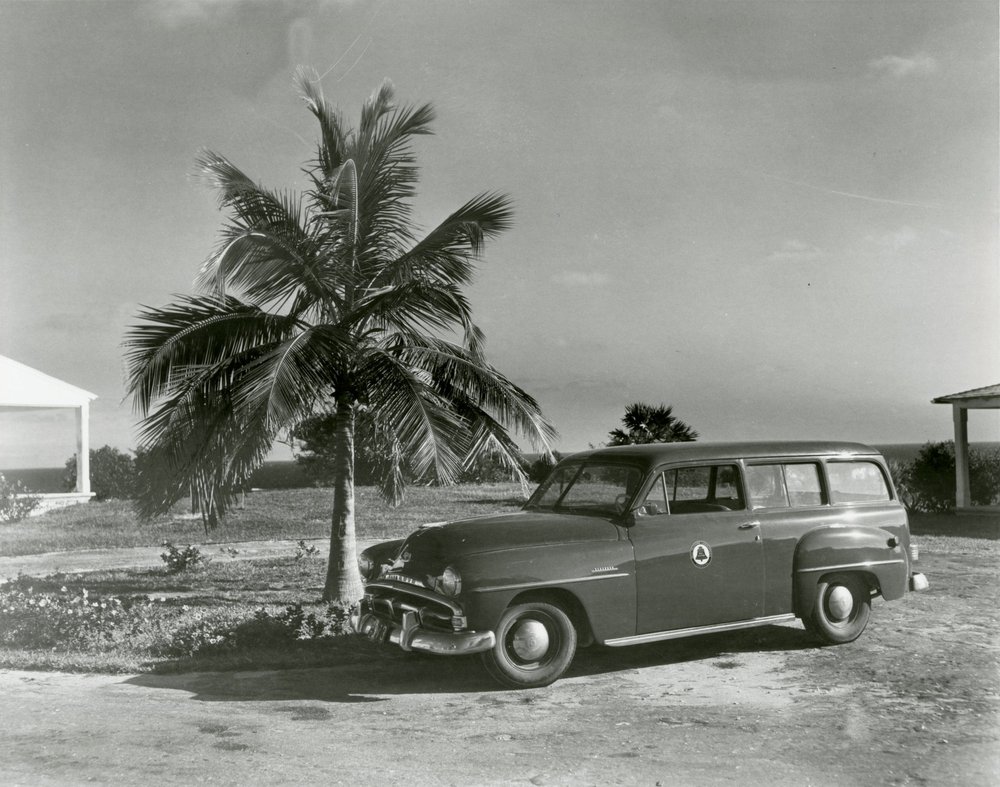
War
Click here to return to the Gallery 4 page.
“Army Experts Seek Cause of Nike Blast Fatal to 10”

Asbury Park Evening Press, May 23, 1958.
The Army and Air Force approached Bell Labs to “determine the practicability of developing a ground based guided-missile system,” under Project Nike. The world’s first guided surface-to-air missile, Nike Ajax, entered service in 1954. Nike systems were arranged outside major US cities ready for launch in the event of a Soviet attack. Fort Hancock in Sandy Hook, NJ, protected New York City. In 1958, the unthinkable happened when an accidental explosion at the Nike-Ajax battery in nearby Middletown, NJ, killed 10 people.
Test launch of the production model Nike Ajax missile with the new booster

At twenty feet long and a foot in diameter, Nike missiles were designed to attack Soviet bomber aircraft. While the initial Nike Ajax missiles were not nuclear, the later Nike-Hercules and Nike-Zeus were. Nike missile antennas were tested in Whippany, NJ.
Shrapnel from Nike-Ajax surface to air Missile

The Nike project was a partnership between the Bell System, US military and private Douglas Aircraft Company. On May 22, 1958, shrapnel like this flew through the air after a missile accidentally detonated at the US Army’s New York 53 Missile Base in Middletown, NJ. Eight missiles killed six soldiers and four civilians. Local residents found debris for miles around the area.
Collection of Monmouth County Historical Association.
One of four anti-aircraft guns demonstrated at Murray Hill, November 1943

(Visible behind the gun is the tracker, to the right is the computer)
Bell Labs staff, army guests, and invited press gathered for a demonstration of an electrical gun director system that simulated how it would protect against an air attack. The director system electronically computed how airborne ballistics would hit the trajectory of a moving plane target. Mathematicians spent countless hours performing calculations for these types of devices. Western Electric produced and distributed these for use in combat.
Bell Telephone Magazine, Winter 1943–44.
Radar Antennas in Atlantic Highlands NJ, 1943

In 1939, a secret bungalow housed radar equipment in the Atlantic Highlands, whose elevation was roughly the same as a battleship antenna. It had close proximity to Fort Hancock on Sandy Hook, where radar operations also took place. After the equipment was built in Whippany, it was brought here for field testing, where they used ships in New York harbor as “targets.”
Image Courtesy of AT&T Archives and History Center.
Men Working on a guided missile at Kearny Works, 1945

While weapons like this guided missile were conceived of at the labs, they were built at Western Electric Plants like the one in Kearny, along with gun directors to shoot down enemy planes and sonar to help bomb submarines. Western Electric also supplied the government with a billion dollars worth of radar, radio-telephone equipment and radios for troops, even the loudspeakers on war ships.
Image Courtesy of AT&T Archives and History Center.
“War Needs the Wires This Christmas,” 1942

The outbreak of war in 1939 caused a record-breaking wave of long distance phone traffic. Ads like this one encouraged people to keep the lines clear for servicemen and women to call home.
Bell Telephone System Recruitment Advertisement, 1941

The ad for the Bell Telephone System touts the “up-the-ranks management,” highlighting that the eighteen current company presidents started as clerks, lineman, and draftsmen. The bottom of the ad shares that “The Bell System is doing its part in the country’s program of National Defense.” The partnership with the government was mutually beneficial: the United States was receiving critical resources from the pinnacle of research and development, and the Bell System could prove themselves indispensable when it came to any criticism of the company having a monopoly. Money was poured into new technology and Bell labs doubled in size from 4,600 to 9,000 employees – most of them worked a 6-day work week.
Switchboard operators help war effort

Telephone communications played an important role in defense and military operations. Bell provided phone facilities to aircraft warning services manned by civilians. Every new training camp or military facility that was constructed necessitated a private exchange switchboard and telephone lines, as well as public telephones and booths. Bases provided a large increase from peacetime populations, which put strain on small local switchboards.
Sidney Millman (1904–2006), 1977

Millman and his family survived the White Russian army’s brutal treatment of Jews before emigrating to the US in 1922. He attended the City College of New York and then Columbia University, where he worked on pioneering research in nuclear magnetic resonance and radar. Millman was only the second Jewish scientist to be hired by Bell Labs. He was the Director of Physical Research from 1952–1973 during which time he helped make Murray Hill the international center of solid-state physics research.
Image Courtesy of the Family of Dr. Sidney Millman.
Bell Labs arrives in Eleuthera, Bahamas, c. 1951

Image Courtesy of the U.S. Naval Undersea Museum.
Unloading equipment on Eleuthera Island, c. 1951

In addition to air strikes, Soviet attack by sea was also a possibility. The U.S. Navy formed a partnership with Bell Telephone Laboratories and in 1950 the top secret Project Jezebel began using sound frequencies to detect underwater threats. Eleuthera, Bahamas was the first site, and AT&T sent technical staff to work on the island tracking Soviet submarines. Joseph Schott was working in the acoustics department at Murray Hill when, in 1951, he was sent to Eleuthera to set up hydrophones (underwater sound systems). Schott recently recalled, “Not many guys I knew at the Labs had those opportunities. I spoke up. When we were at Sandy Hook, Ted Melhose mentioned that the first test sites were going up in Eleuthera and Bermuda. ‘If you ever need anybody, I’ll go,’ I said. A few days later, he gave me the job.” Schott became the unofficial photographer of the Jezebel project.
Image Courtesy of John Joseph (Joe) Schott, photographer, and the U.S. Naval Undersea Museum.
Letter from President Truman to Leroy Wilson, President of AT&T, 1949

In 1949, Bell executives travelled to New Mexico to visit Sandia, a sister location to the better-known Los Alamos nuclear weapons facility. The US Government was looking for new management and Sandia was placed under the operation of Bell Labs. AT&T continued to run Sandia through 1993.
Mary Jo (Tawzer) Vaughn (1927–2019) at her desk at Sandia, 1952

Vaughn, twenty-five years old in this photo, started college at age fifteen studying mechanical engineering. She needed special permission to wear slacks so that she could scale the equipment. Mary Jo worked at the Los Alamos Z Division, part of J. Robert Oppenheimer’ s reorganization of the lab after work on the Manhattan Project ended. The Z Division branched off from Los Alamos to become Sandia. Vaughn became the first female Sandia wind tunnel engineer testing aerodynamics.
Featured in an issue of Mademoiselle Magazine.
Image Courtesy of Sandia National Laboratories
Magnetron

Magnetrons generated microwaves for radar. Vacuum tubes were insufficient in powering radar using wavelengths shorter than 40 centimeters. Reaching short wavelengths was necessary to get accurate readings on ships or low-flying planes, because the waves could be more directly focused and planes could use smaller antennas to receive them.
Collection of AT&T Archives and History Center.















